

Josh Nevett
CarExpert's top five large SUV reviews of 2025
1 Day Ago
The HS Plus EV Excite lowers the cost of entry MG's plug-in hybrid SUV, but still packs a solid list of standard features.
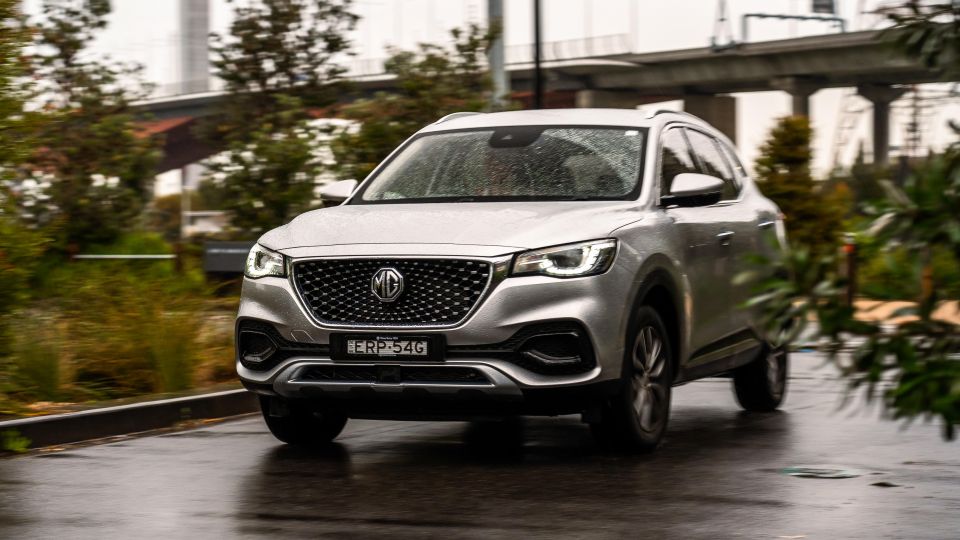
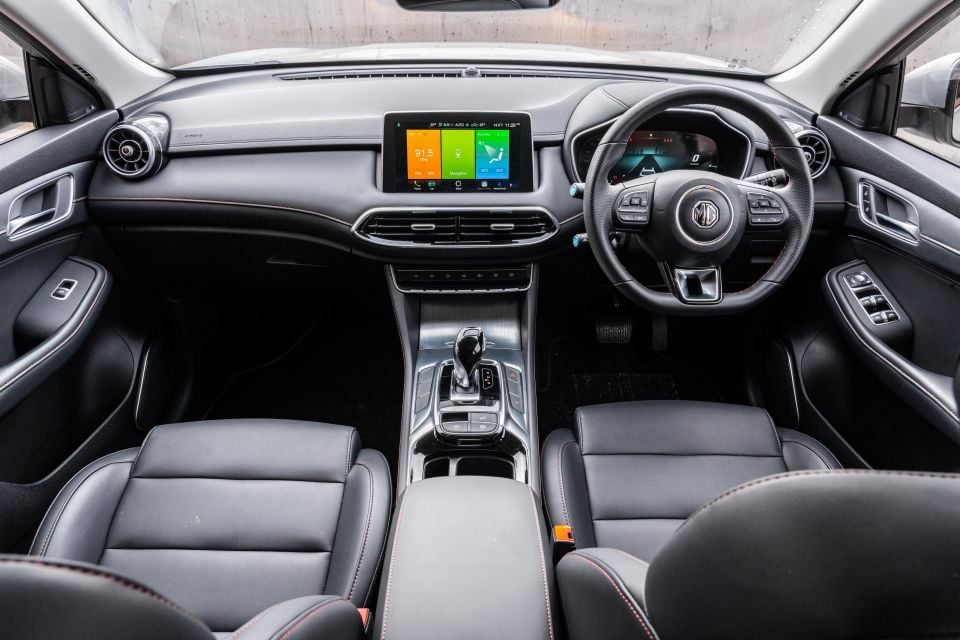

Quickly see how this car stacks up against its competition. Select any benchmark to see more details.
Where expert car reviews meet expert car buying – CarExpert gives you trusted advice, personalised service and real savings on your next new car.
Plug-in hybrids get a bit lost among the sales success of Toyota hybrids and the high-tech excitement of pure-electric vehicles, but carmakers haven’t abandoned them entirely.
Later this year, Mitsubishi will bring a new version of its pioneering Outlander PHEV to Australia, while MG now offers two plug-in hybrid versions of its HS SUV.
The new 2022 MG HS Plus EV Excite (MG-speak for PHEV) on test here shares its powertrain with the more expensive Essence, but shaves $2000 from its price tag with a shorter equipment list.
Now the Hyundai Ioniq PHEV is gone and Kia has axed the Niro PHEV, the HS Plus EV is the cheapest plug-in hybrid on offer in Australia. Is cheap also cheerful, or should you stretch to the Essence?
The 2022 MG HS Plus EV Excite is priced from $47,690 drive-away – up $700 since launch earlier this year. That’s $1000 less than the Plus EV Essence at its 2021 price, and $3000 beneath its recently-increased 2022 price.
It’s nearly $12,000 more expensive than the equivalent petrol-powered HS Excite, and $3700 more expensive than the range-topping Essence X petrol.
PHEV rivals are few and far between, but the HS Plus EV goes head-to-head with the Ford Escape ST-Line PHEV ($54,440), the Mitsubishi Eclipse Cross PHEV (from $46,490) and will eventually take on the new Mitsubishi Outlander PHEV.

Buy your new car without the stress. It's fast, simple and completely free.

Great service from Travis and team, second time I have used this business would not hesitate to recommend them to anyone
Craig C.
Purchased a Ford Ranger in Sunshine Coast, QLD
CarExpert helped Craig save thousands on his Ford Ranger, now let us save you on your next new car.
Find a dealAlthough it lacks the fancy, high-end leather sports seats and panoramic sunroof featured in the range-topping Essence, the cabin of the HS Excite doesn’t feel bargain basement.
The big infotainment screen and digital instrument cluster pack plenty of showroom appeal, the steering wheel could have been lifted from a sixth-generation Volkswagen Golf, and the driving position is better than what’s on offer in the HS Essence with its sportier seats.
With no sunroof, headroom in the front of the HS Excite is actually better than in the front of the more expensive HS Essence.
It’s not the most exciting cabin in the world, but there’s no denying it’s well equipped. Most of the materials you touch frequently feel soft to the touch, although there are some hard and scratchy materials lower down.
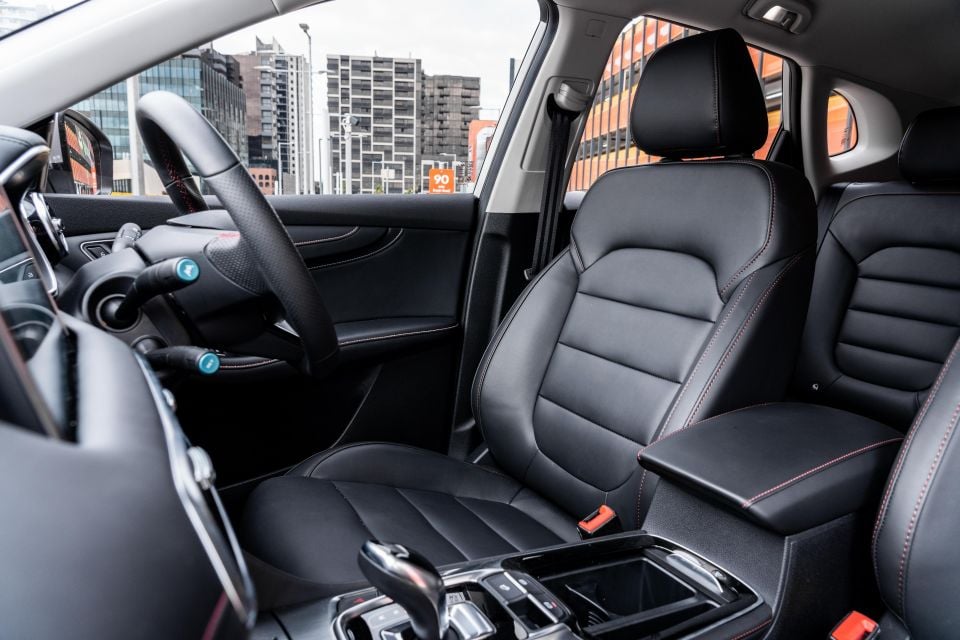
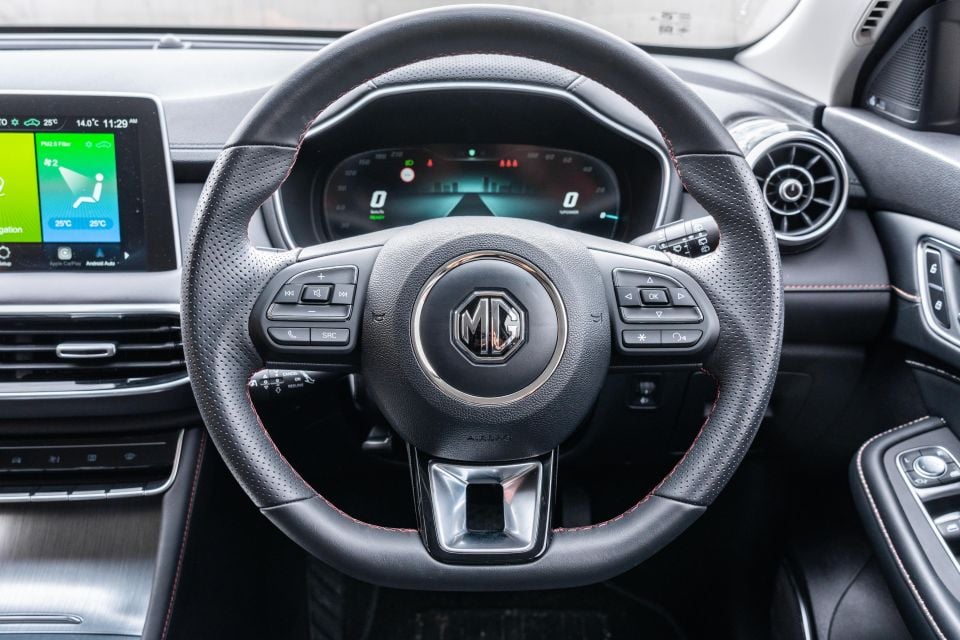
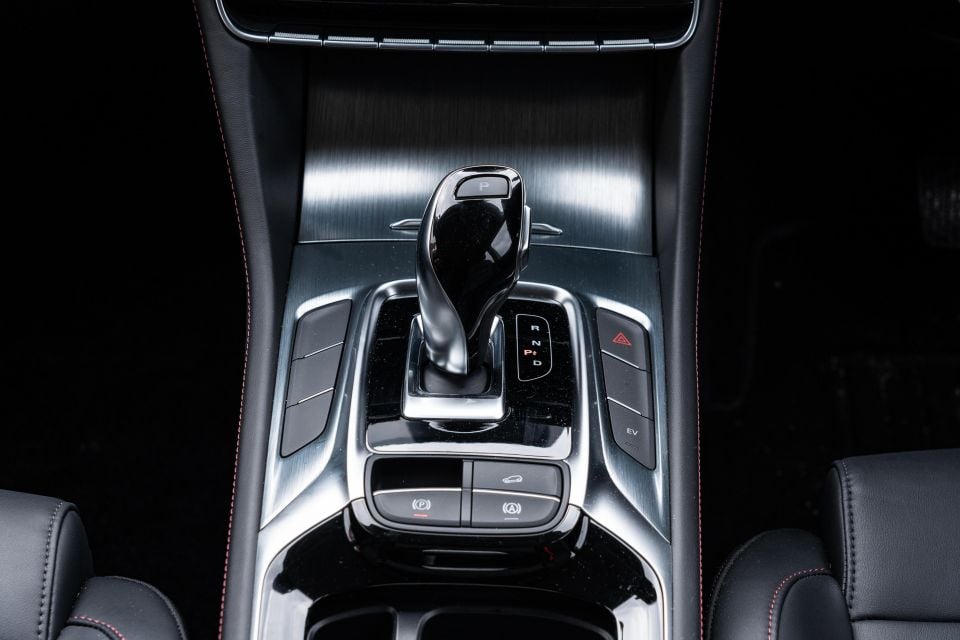
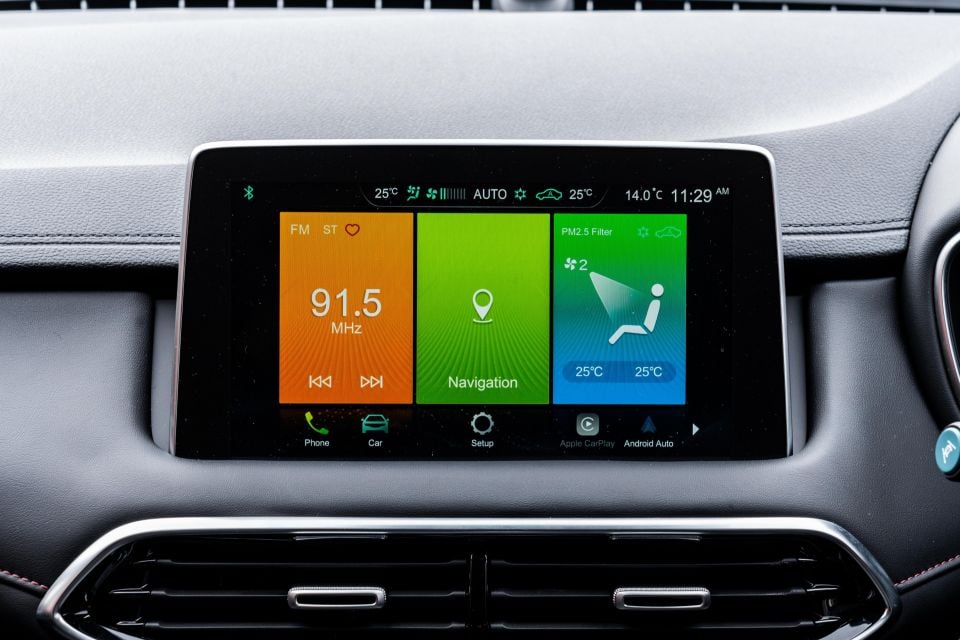
The driver display has modern graphics and looks sharp, offering a quality blend of customisation and readability, but the touchscreen infotainment system can be frustrating to use. It’s slow to load on startup, and the graphics are a bit basic compared to what’s on offer in rivals.
It also randomly reset itself while we were driving at one point, briefly removing the ability to adjust the finer details of the climate control. A row of plastic rocker switches below the screen allows you to hop between functions, but you still need to dive into the touchscreen to activate the heated seats, for example.
The inbuilt satellite navigation system is basic, but you can easily get around that by using Apple CarPlay or Android Auto. The former looks good on the big screen, and is the best way to experience the infotainment system.
There’s nothing fundamentally wrong with the technology, but the HS is a more powerful processor short of being up to scratch.
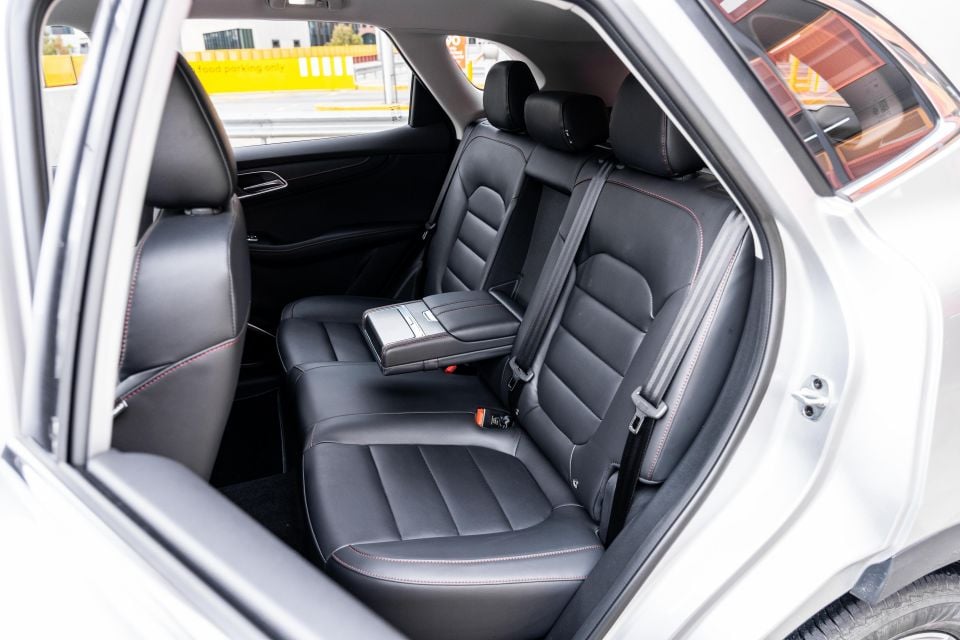
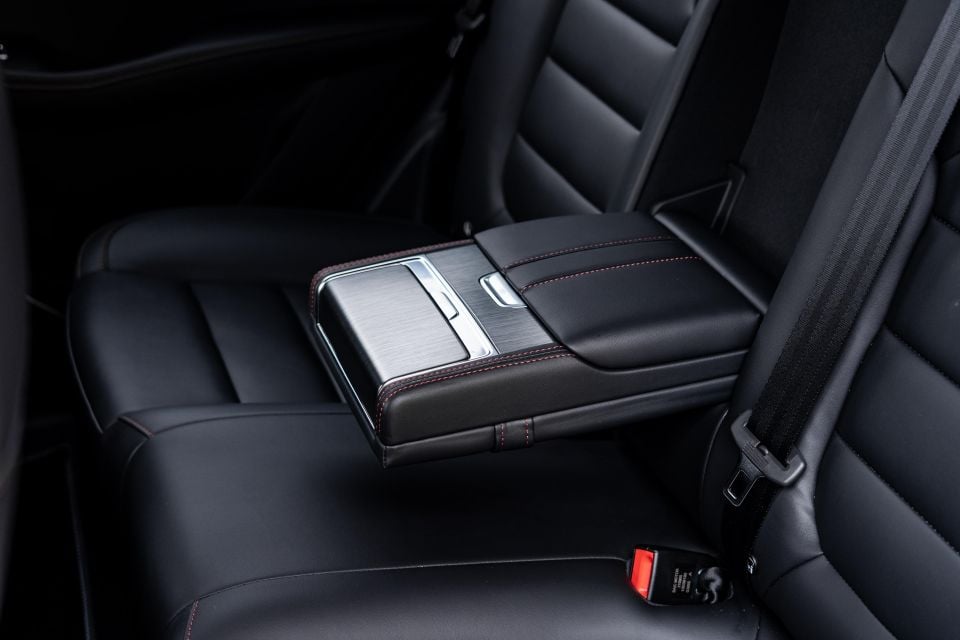
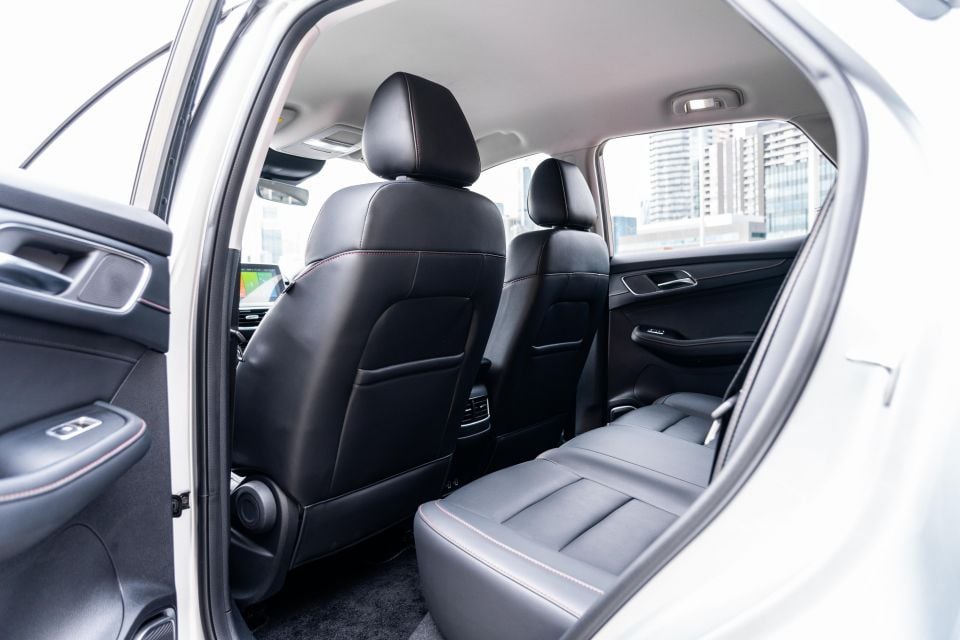
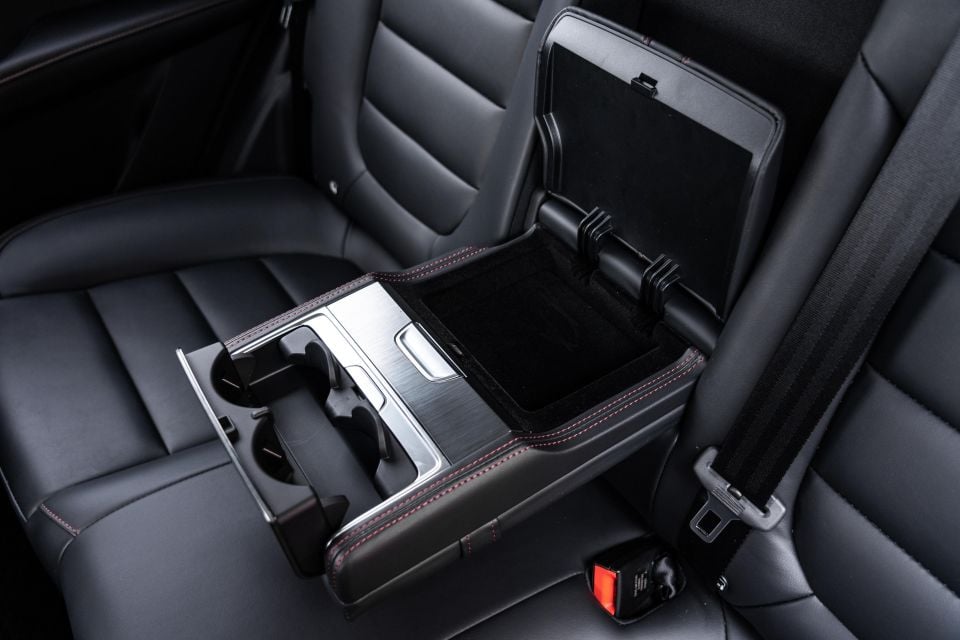
Storage options include a slim phone holder on the transmission tunnel next to the cupholders, ahead of which is a damped storage space with a pair of USB-A ports and an AUX plug.
There’s also an underarm storage bin, a sunglass holder on the roof, and a spacious glovebox.
The rear seats in the HS are very impressive. On paper, it’s a similar size to a Mazda CX-5 or Toyota RAV4, but its rear seat accomodation calls to mind larger cars. Legroom is excellent behind tall drivers, and there’s acres of headroom for even my two-metre frame.
Rear occupants have two USB points, a centre armrest with covered cupholders, damped grab handles, and reading lights. ISOFIX points on the outboard rear seats are joined by three top-tether points for child seats.
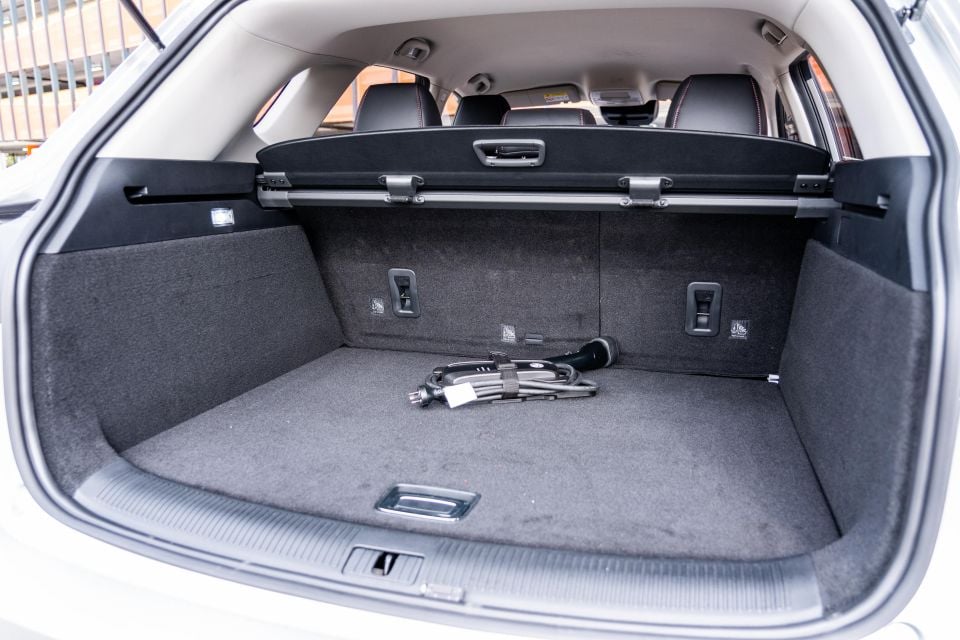
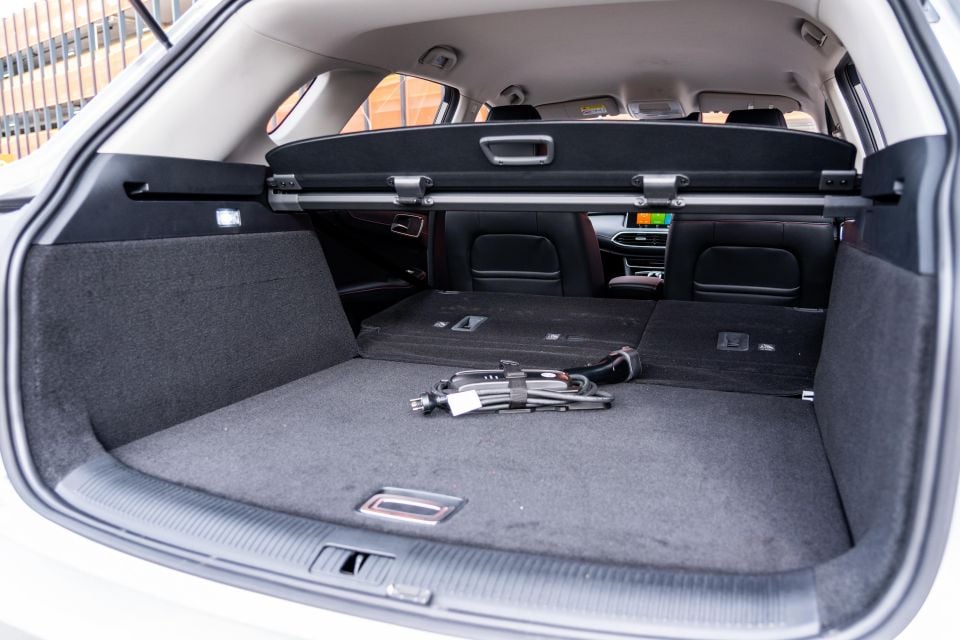
It’s a well thought-out space for parents who need to carry kids or tall teenagers, but don’t want to drive a hulking bus around the city.
Claimed boot space is 451 litres beneath the unpowered tailgate with the second row in place, expanding to 1275 litres with the rear seats folded.
Although some owners will be upset with the lack of a powered tailgate, it’s worth noting how slow and cumbersome electric unit on the more expensive HS Essence is.
There’s no spare wheel beneath the boot floor due to the lithium-ion battery and hybrid hardware, although MG does throw in a tyre repair kit.
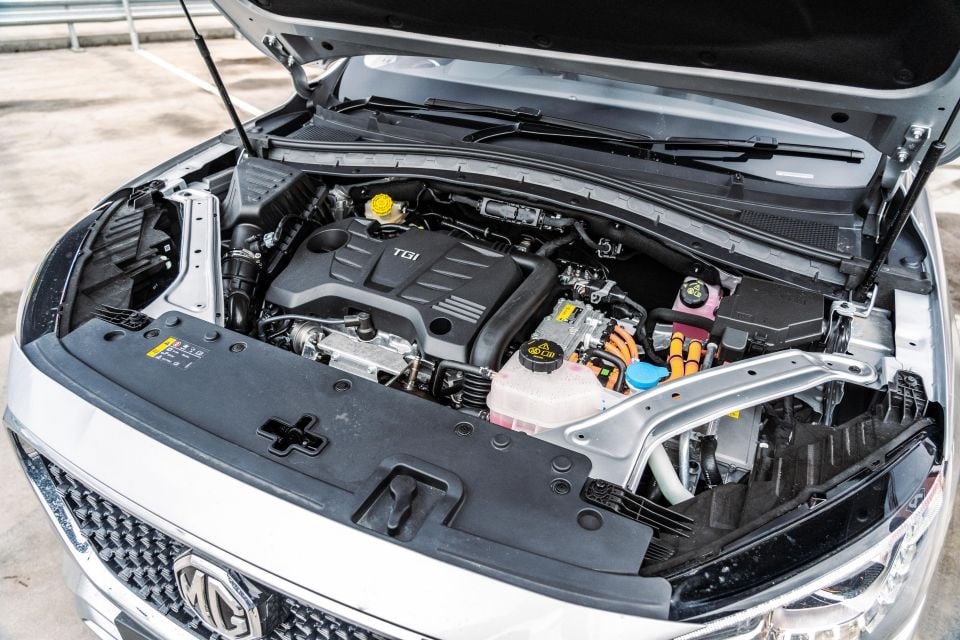
The MG HS Plus EV combines a 119kW/250Nm 1.5-litre turbocharged petrol engine and seven-speed automatic transmission, with a 90kW/230Nm electric motor powered by a 16.6kWh battery.
The maximum combination output at the peak is a meaty 189kW of power and 370Nm torque, meaning it’s among the most powerful mainstream medium SUVs on sale. The claimed 0-100km/h dash time is 6.9 seconds.
MG claims a 63km pure-electric range, though our experience suggests around 55km closer to what you’ll see in the real world. You’re able to drive the car with no charge in the lithium-ion battery, although it’s the least efficient way to operate a PHEV.
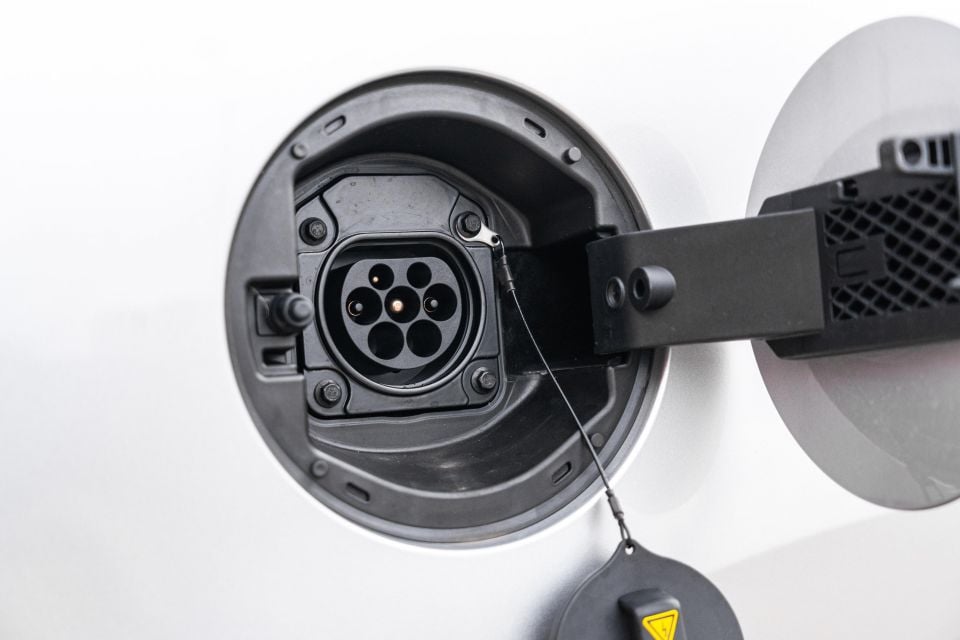
The combined fuel economy claim is 1.7L/100km, but as with all plug-in hybrids that figure isn’t necessarily representative of how it’ll fare in the real world. With a full battery, we achieved that figure on an 80km drive cycle.
With an empty battery, we’ve previously seen around the 7.0L/100km mark as the car defaults to a drive mode similar to that offered by Toyota hybrids.
Charging the battery using a 7kW home wall box will take around five hours, and plugging into a conventional three-pin wall plug takes around nine hours. If you’re not able to charge at home or work, it’s unlikely a PHEV is the car for you.
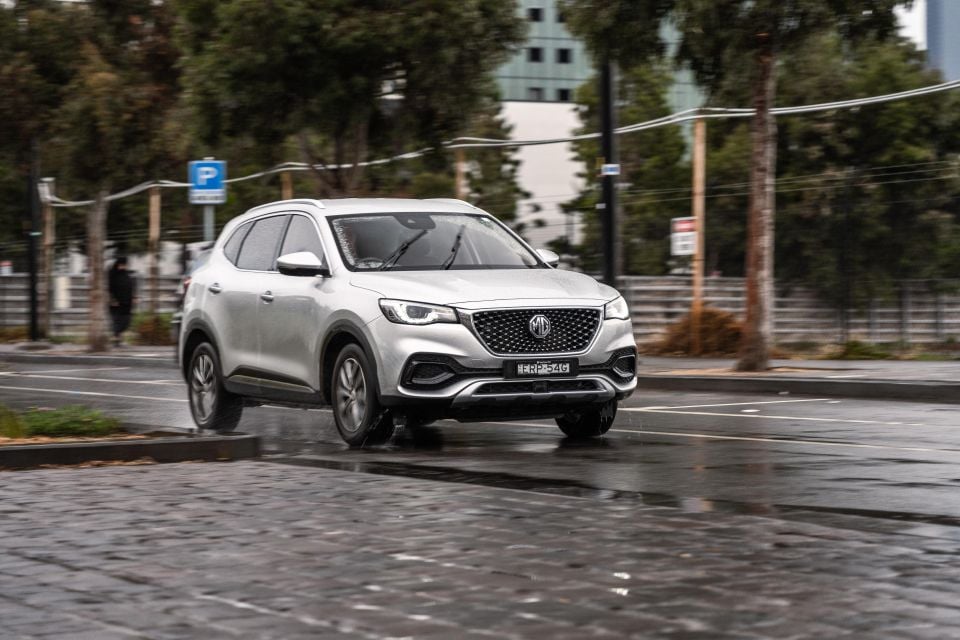
The character of the HS depends on what drive mode you’re in, and which power source is driving the wheels.
When we drove the HS Plus EV Essence, it could be locked in EV Mode with a button on the transmission tunnel. Set up as such it would only call on the petrol engine when the lithium-ion battery was completely flat, or when the driver demanded full power.
The HS Excite has the same button, but with the temperature hovering around 10 degrees in Melbourne it refused to sideline the petrol engine for long, instead flashing an ‘EV Mode Entry Not Support’ message on the digital dashboard.
MG says that’s because “the HS Plus EV uses heat from the IC engine to heat the car’s interior through a heater core and if there is a demand for heat, the vehicle will start and run the IC engine to produce that heat”.

In other words, if you’re cranking the heater and it’s freezing out, the car will use the engine rather than burning its limited battery power to keep you warm. Although it limits the effectiveness of EV Mode, it means you’ll be able to drive further with proper electric assistance when the mercury drops.
Running in EV mode, the HS Plus EV does a convincing electric car impression. It packs enough punch to get you off the line quickly, and will take the car all the way to highway speeds provided you have enough charge in the 16.6kWh battery pack.
The claimed 63km of electric range is achievable, although you’re better off banking on around 50km or 55km in the real world. One-pedal driving isn’t really an option, but there is some brake regeneration from the motor when you lift off the accelerator in EV mode.
The car defaults to an automatic mode, rather than a pure-electric mode. It automatically decides which power source is best suited to what the driver demands, and aims to balance efficiency with performance.
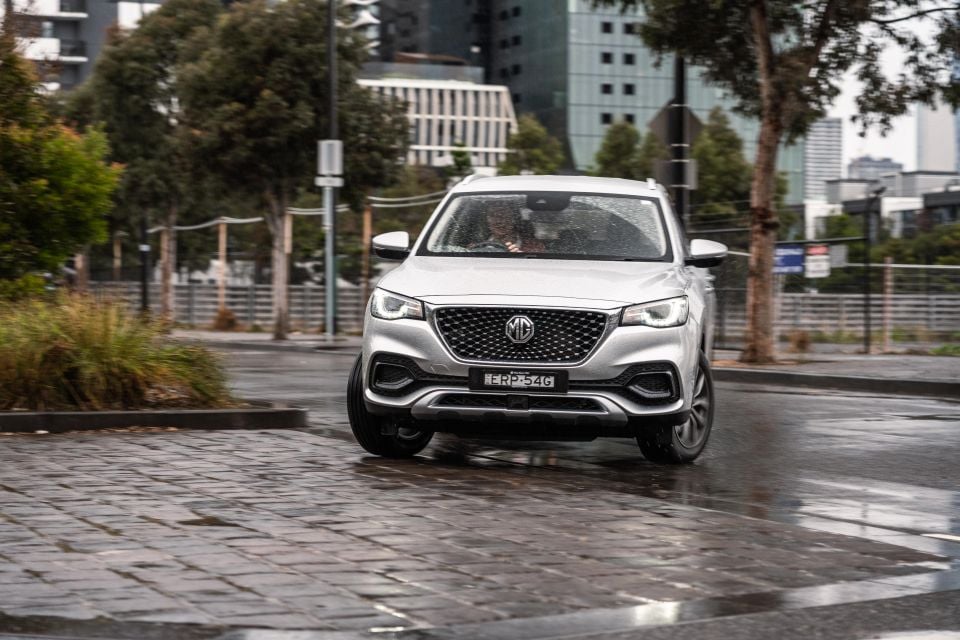
MG has tuned the software to lean on the electric motor at low speed, where its instant torque is best used, before handing over to the petrol engine at a cruise. Put your foot down hard and both the electric motor and petrol engine will send torque to the front wheels, which can get the wheels spinning off the line in the wet.
On the move though, it feels impressively punchy for a heavy mid-sized SUV. It takes a second for the car’s brain to work out what it’s doing, but when both power sources combine the HS gets a move on.
It sounds gruff under load though, and you can feel vibrations from the 1.5-litre engine through the steering wheel. There’s also a gap in the car’s power delivery as the electric motor runs out of puff and the petrol engine starts doing the heavy lifting, usually around the 90km/h mark.
Finally, when the lithium-ion battery pack goes flat the HS Plus EV essentially acts like a series hybrid.
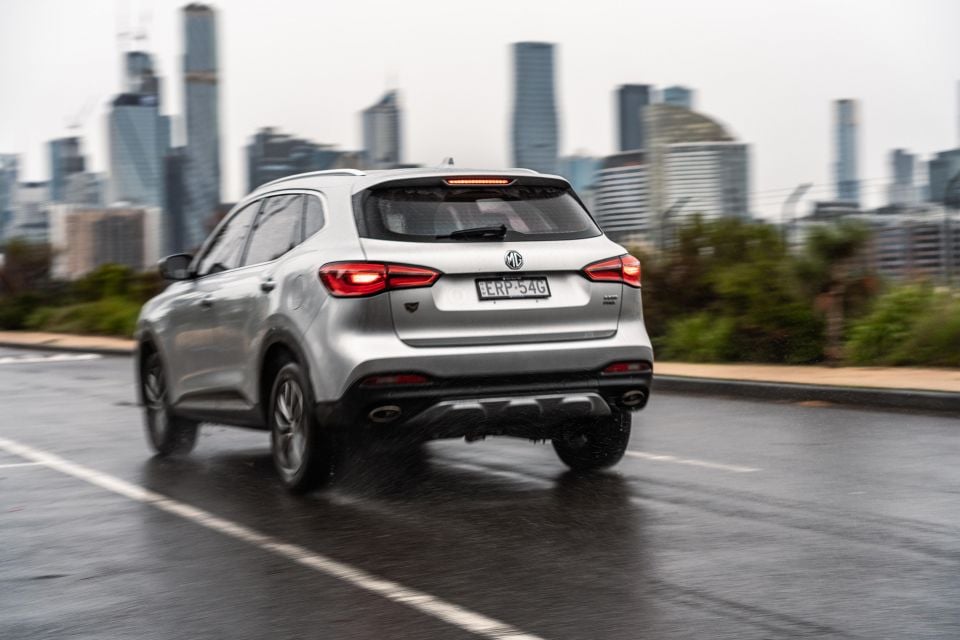
The electric motor can handle the first few metres of driving, and can pitch in to provide a power boost on the move, but it’s only there to help the petrol engine instead of carrying the load itself.
With smaller wheels than the Essence, the HS Excite rides well in the city. Although it feels heavy over bigger crests and dips on the highway, it does a good job smoothing out speed bumps and potholes at lower speeds.
Although it’s the entry-level model, the HS Excite still features a full suite of driver assists. The adaptive cruise control system smoothly maintains a gap with the car in front, and the lane-keeping assist confidently keeps you between the white lines – although the array of beeps and bongs that accompany the suite’s operation can get annoying.
The steering is light enough for one-handed parking manoeuvres, and visibility out of the tall windows is better than in some more style-oriented SUVs.
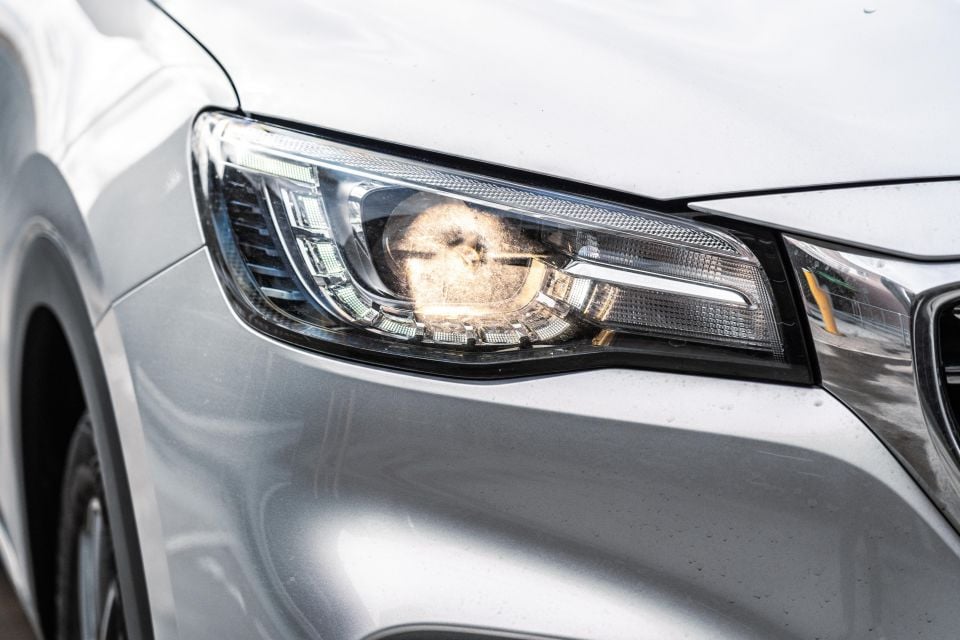
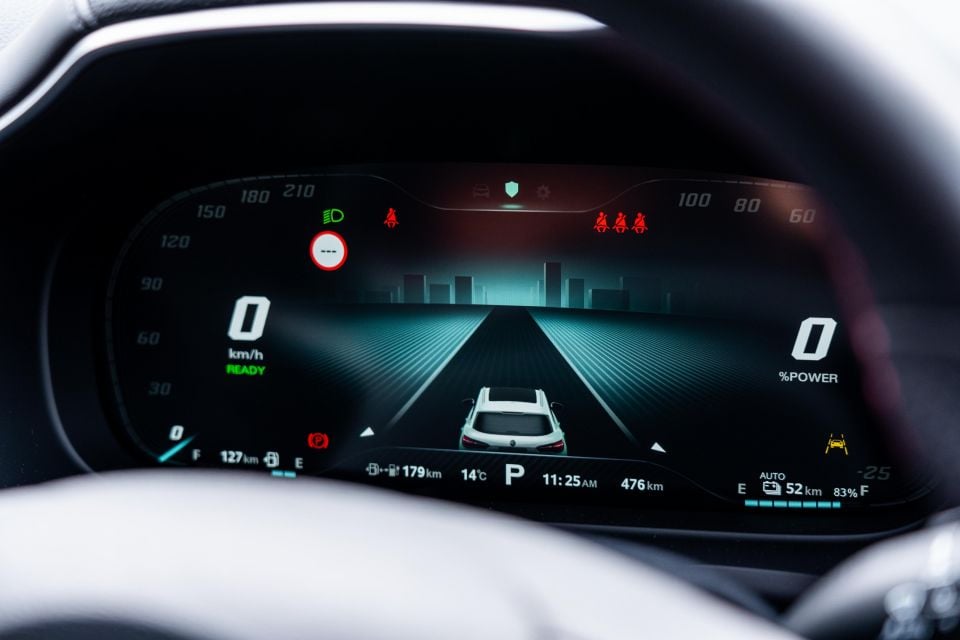
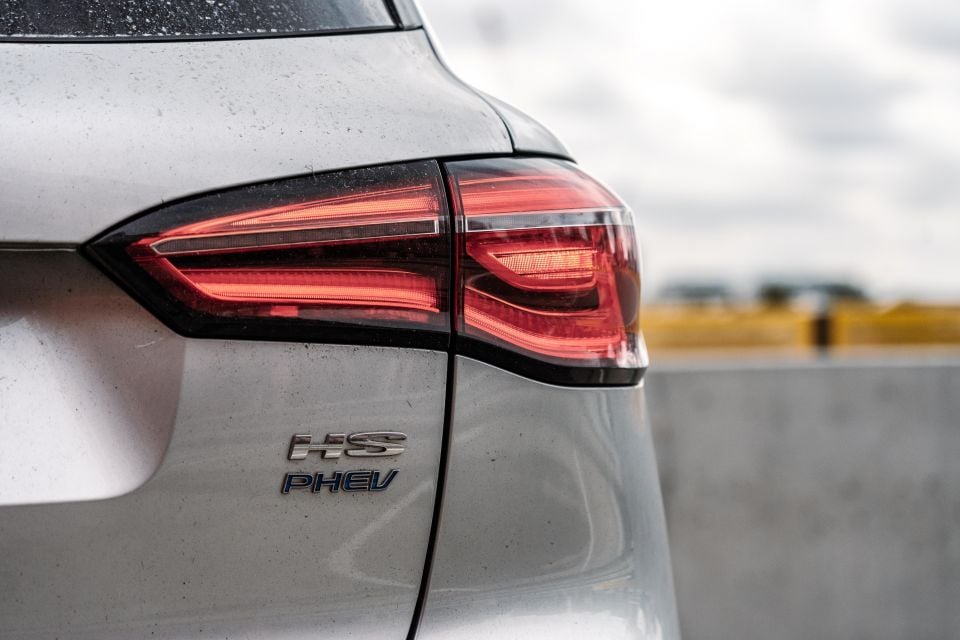
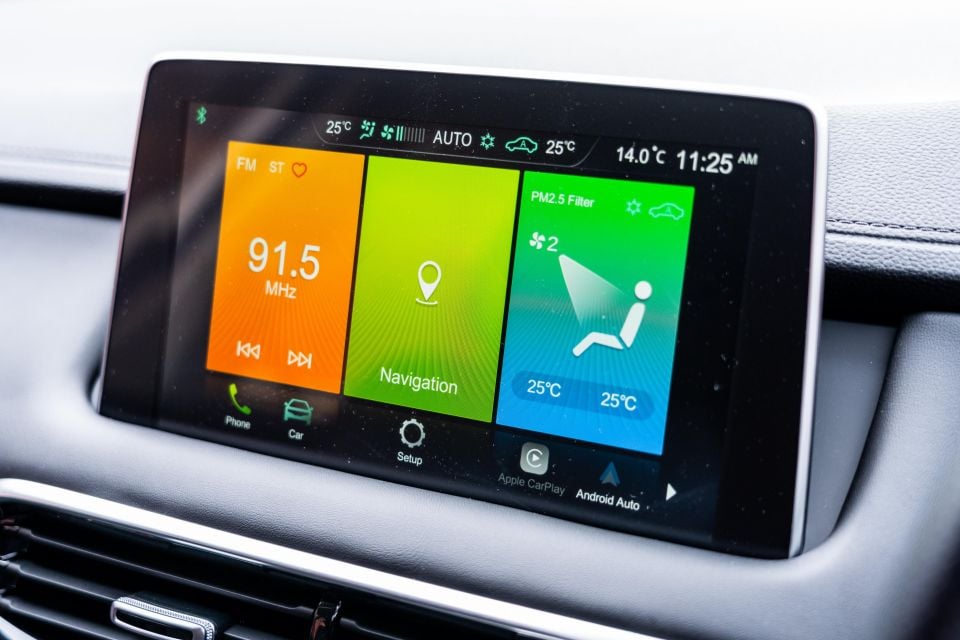
HS Plus EV Excite highlights:
Gone are the 360-degree camera, panoramic glass roof, metal pedals, LED headlights and LED ambient interior lighting from the range-topping Plus EV Essence, and the leather sports seats have been subbed for cheaper faux leather units.
The Excite also misses out on LED headlights with scrolling indicators, heated door mirrors, front fog lights, and a powered tailgate. Whether that’s worth the $3000 upcharge to the Essence will depend on your preferences.
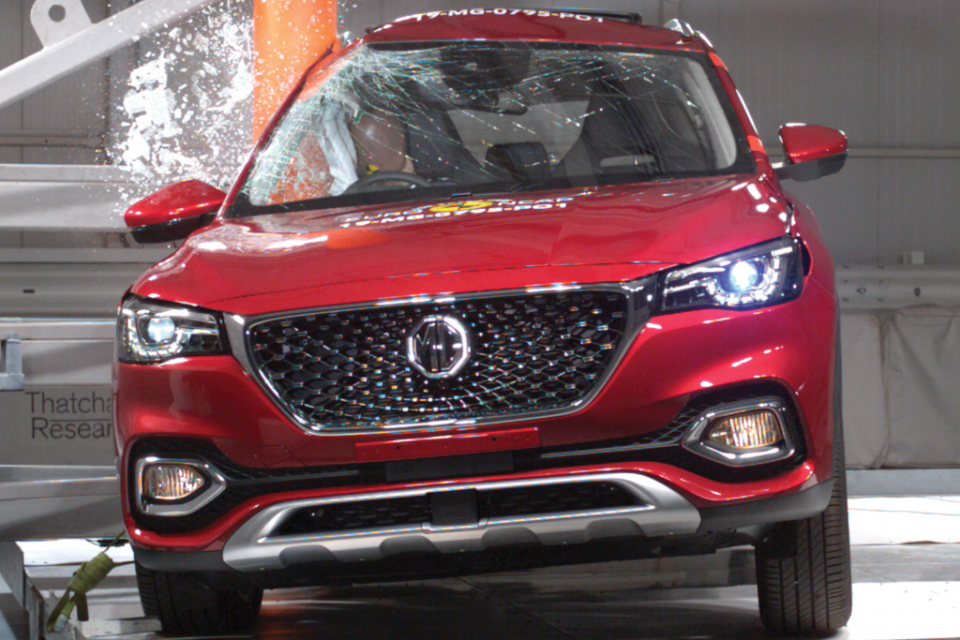
While petrol versions of the MG HS have earned the maximum five-star ANCAP crash rating (2019 date stamp), the PHEV range remains unrated.
Standard safety features include:
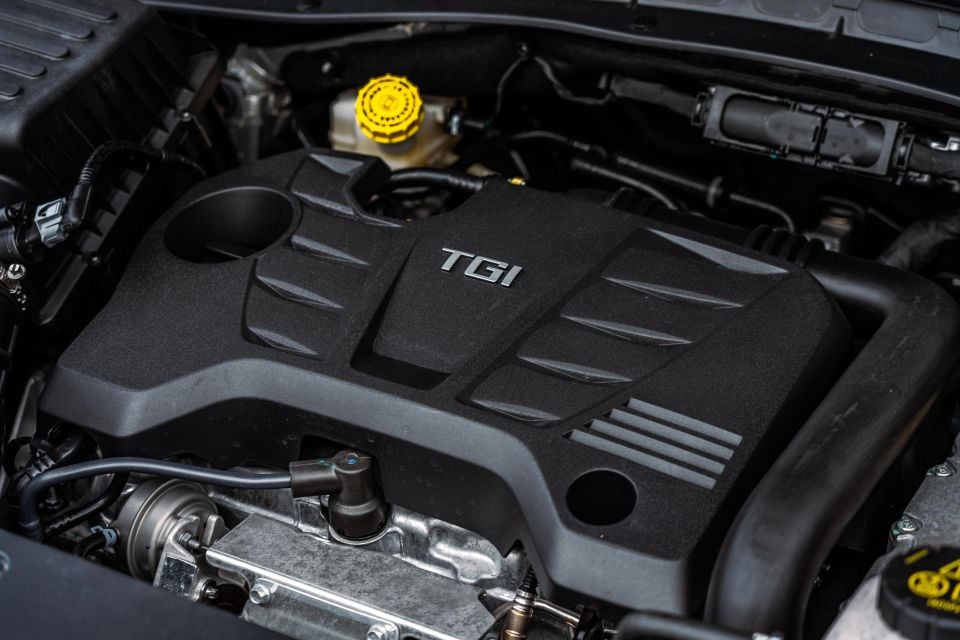
Where expert car reviews meet expert car buying – CarExpert gives you trusted advice, personalised service and real savings on your next new car.
The MG HS is backed by a seven-year, unlimited-kilometre warranty. It also comes with seven years of free roadside assist.
Maintenance is required every 12 months or 10,000km, and is backed by a capped-price service plan.
The first seven services cost:
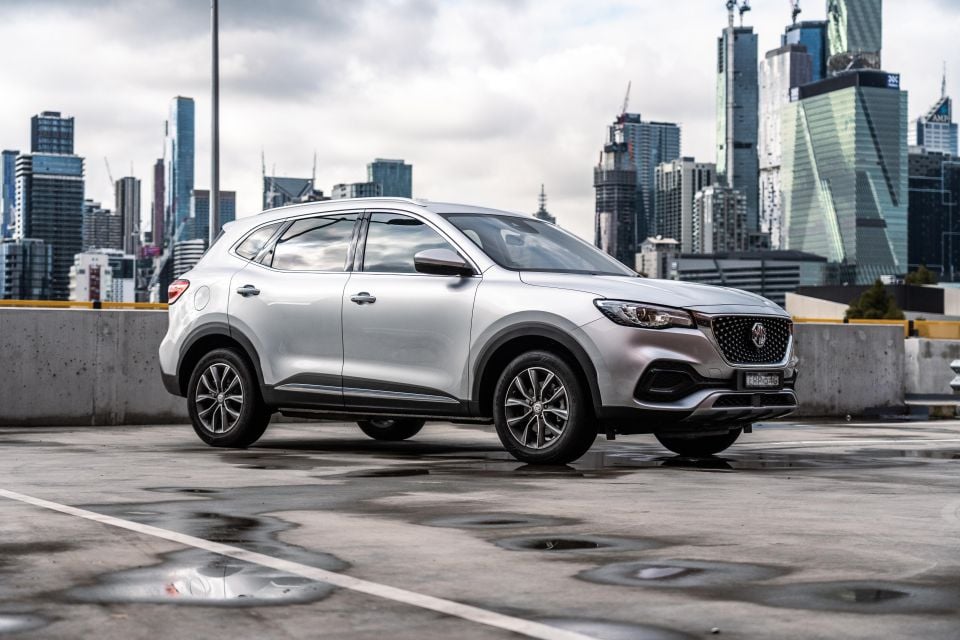
The Excite might be cheaper than the Plus EV Essence, but it doesn’t feel like better value.
It’s just $3000 cheaper, and is missing equipment beyond just the superficial luxuries. If you can stretch to find the extra cash, the LED headlights, surround-view cameras, and nicer seats standard on the Essence all make a meaningful difference to the HS experience.
If you can’t find the extra cash – or if you’re buying for a fleet, which feels like the target market for the Excite – you’re getting a solid plug-in hybrid, with a handy all-electric range and reasonably refined petrol performance.
With some refinement to the infotainment and a slightly sharper price relative to its bigger brother, it could be even better than solid.
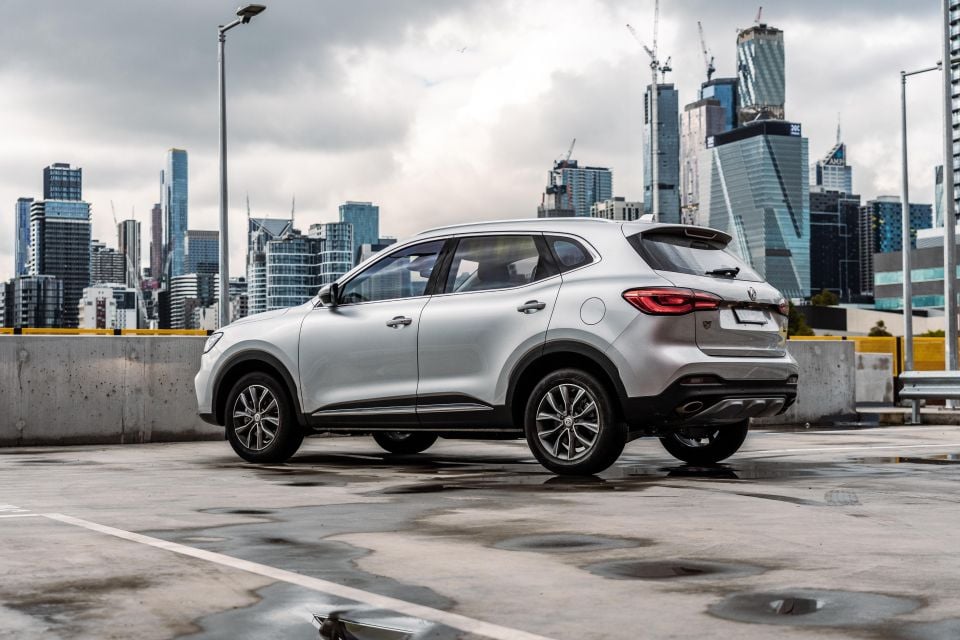
Click the images for the full gallery
MORE: Everything MG HS
Where expert car reviews meet expert car buying – CarExpert gives you trusted advice, personalised service and real savings on your next new car.
Scott Collie is an automotive journalist based in Melbourne, Australia. Scott studied journalism at RMIT University and, after a lifelong obsession with everything automotive, started covering the car industry shortly afterwards. He has a passion for travel, and is an avid Melbourne Demons supporter.


Josh Nevett
1 Day Ago


Josh Nevett
3 Days Ago
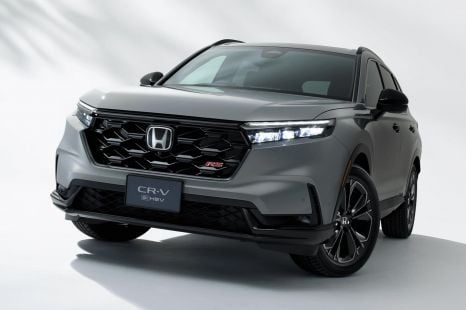

James Wong
5 Days Ago


Derek Fung
5 Days Ago


CarExpert.com.au
8 Days Ago
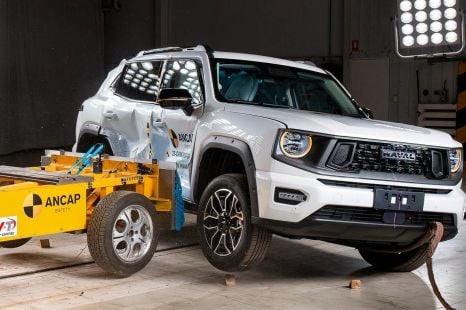

James Wong
8 Days Ago